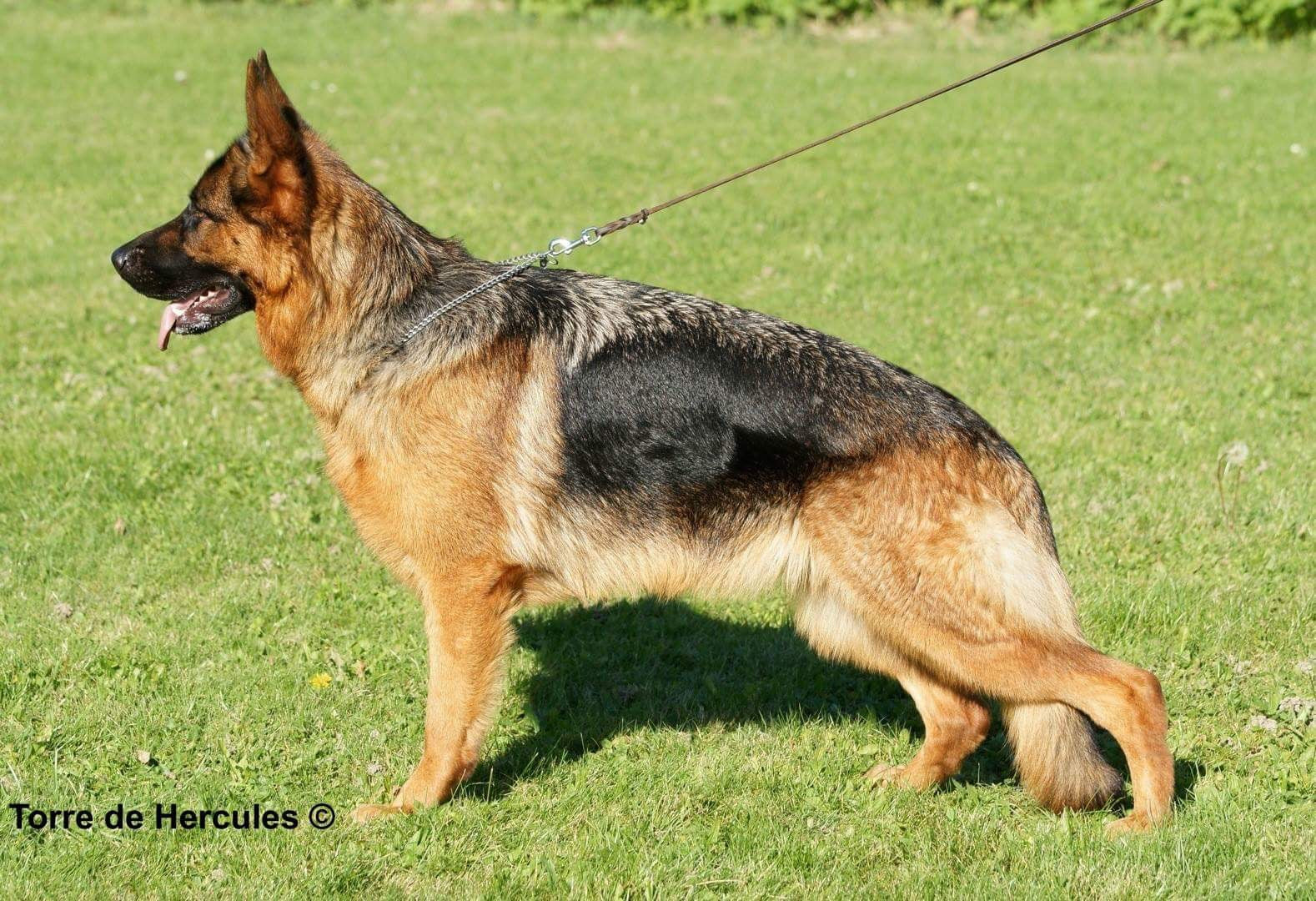Your Cart is Empty
Flat Shipping Fee of just $7.90 within USA

How and when the symptoms of hip dysplasia are noticed in a sick dog can vary a lot. Various factors play a role in the development and characteristics of the disease.
In hip dysplasia, the animal's femoral head lies only loosely in the acetabulum, which creates friction and wears out bones and cartilage over time. While the disease is mostly congenital, its signs do not usually appear from the start. How to recognize them.
When the symptoms of the disease appear, or start to worsen, varies and depends, for example, on the conditions in which the dog is kept. They are worsened by improper nutrition, adverse strains and even the age of the animal can play a role too.
If the affected dog is still young, it is often difficult, depending on the severity of the disease, to even discover it. You should be sensitive to symptoms that affect the four-legged friend's mobility. If he lies a lot and appears unwilling to go for a walk with him, going to the vet is just as useful as if he goes lame.

Owners of older dogs with HD usually experience more severe symptoms. Your pets suddenly do not want to go on walks. They move unstable on their feet, adopt an unusual posture with their pelvis tilted, or tend to bounce when they are walking faster. Even crunching and crackling noises can sometimes be heard. Especially in the morning, it is getting more difficult for affected older dogs to get up.
Because of the pain, dogs affected by HD usually try to relieve the painful joint increasingly. The rear leg muscles can degenerate and make it even harder for the animal to walk. A small vicious circle is created.

It is important that you visit a veterinarian as soon as possible if symptoms persist or if you suspect HD. He can examine what's wrong with your dog and make an accurate diagnosis. If your suspicion is confirmed, the doctor, in consultation with you, will determine a treatment method to make your pet's pain more bearable as soon as possible
By BOLLI LLC I August 7, 2020 I www.bolli.dog I Follow @bolli.dog